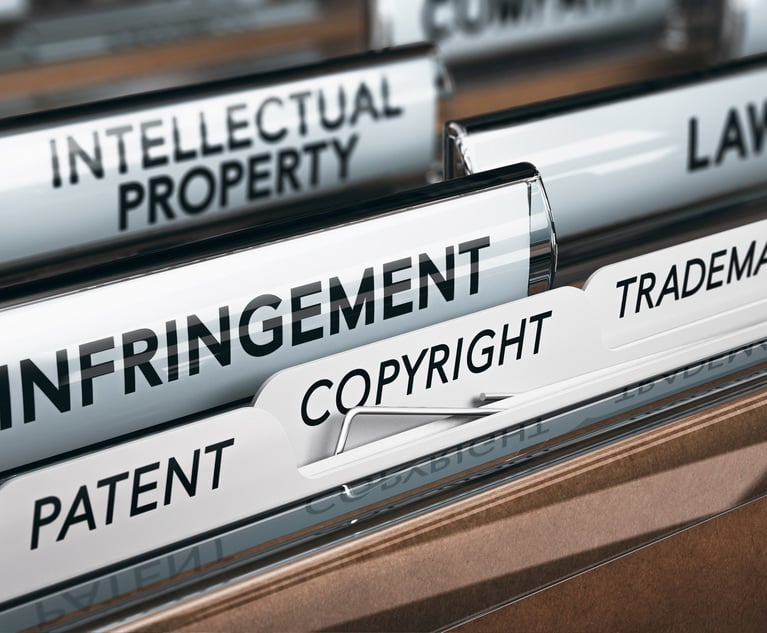Sometimes, the intersection of law and technology creates interesting legal or policy issues for lawyers and courts to explore; other times, it just creates headaches. Among the latter are the problems of proof that arise when legally significant events occur entirely on the Internet and not in the physical world. It is well established that web pages, blog entries, social media postings and other online activity can be evidence of liability, or even the sole basis for a claim—for example a claim of defamation or infringement, or breach of an online contract. But in the context of freely-editable, user-generated electronic content, it can be extremely difficult to establish, with legal certainty, what activity actually occurred and when.
Consider the following situation: a client comes to you to evaluate whether he has a claim for copyright infringement based on the use of certain artistic elements on website. But upon checking, you find that the site has been reworked and your client’s art is gone. In discovery, records of the old site will be available, but at that early stage, how are you to evaluate the claim? Or this: you represent a defendant accused of making defamatory statements about plaintiff on her blog. Your client has removed the posting, but plaintiff seeks to introduce a screenshot of the website into evidence. Your client insists the screenshot has been doctored and does not accurately reflect the posting. But how can you establish the truth for the court?


 Stephen M. Kramarsky
Stephen M. Kramarsky




